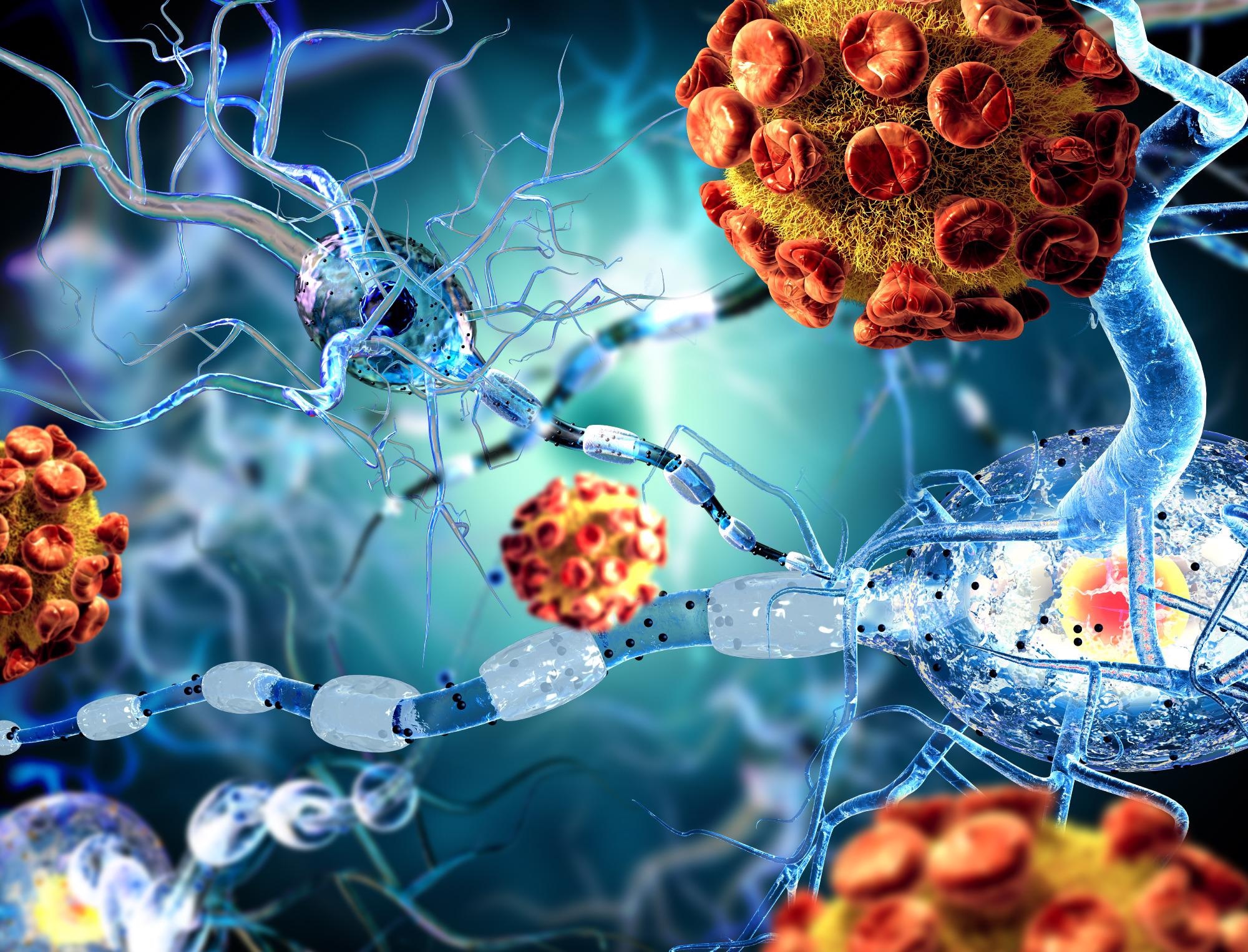The presentation of two abstracts by Dr. Giovanni Adami at the 2022 EULAR Congress noted the problem of environmental exposures as well as their role in disease development.

Image Credit: Shutterstock.com/ Ralwell
Particulate matter (PM) can be characterized as everything in the atmosphere that is not a gas. PM consists of a range of materials and chemicals, some of which can be hazardous.
Data gathered from more than 80,000 people in a retrospective observational study conducted in Italy discovered a positive link between PM levels quantified at local air-quality stations and the threat of autoimmune diseases. Indeed, every 10 µg/m3 rise in PM10 concentration was linked to a progressive 7% risk of having an autoimmune disease.
Exposure to PM10 more than 30 µg/m3 and PM2.5 above 20 µg/m3 was connected to 12% and 13% greater risks of autoimmune disease, respectively.
When broken down by separate diseases, exposure to PM10 was linked to a higher threat of rheumatoid arthritis (RA) but no other autoimmune diseases, whereas exposure to high levels of PM2.5 was linked to a high threat of inflammatory bowel disease and RA.
On the whole, chronic exposure to particulate air pollution over the threshold for human safety was linked to a 10% greater risk of developing immune-mediated diseases.
They also noted the association present between long-lasting exposure to PM and osteoporosis in nearly 60,000 women who are at great risk of fracture. The outcomes displayed that exposure to PM2.5 was negatively linked to low bone mass at the top of the lumbar spine and thigh bone.
Chronic exposure to more than 25 μg/m³ for PM2.5 and 30 μg/m³ for PM10 was linked to a 16% and 15% greater risk of having osteoporotic bone mass scores at any site. The scientists came to the conclusion that long-term exposure to air pollution was responsible for a greater risk of osteoporosis.
Earlier studies have displayed that breathing in crystalline silica has been linked to the development of RA. However, this study has historically concentrated on professional exposures and on male workers.
As considerable amounts of this pollutant are present in other surroundings, Dr. Johanna Sigaux and collaborators set out to determine the primary sources of exposure to crystalline silica in a group of RA patients irrespective of their professional activity. They also aimed to evaluate the link between silica exposure and disease features.
The outcomes established that, in women with RA, the primary sources of crystalline silica exposure were helpful in cleaning activities; for instance, handling dusty clothes or talcum powder. Women who were a part of such activities had greater exposure than the general population.
Throughout the entire series of RA patients, high silica exposure was separately linked to lung abnormalities like mediastinal lymphadenopathy and interstitial lung disease.
The study outcomes indicate that cleaning activities have been the underestimated sources of crystalline silica exposure that are overrepresented in women with RA than the general population. Also, this may add up to the pathogenesis of the disease.